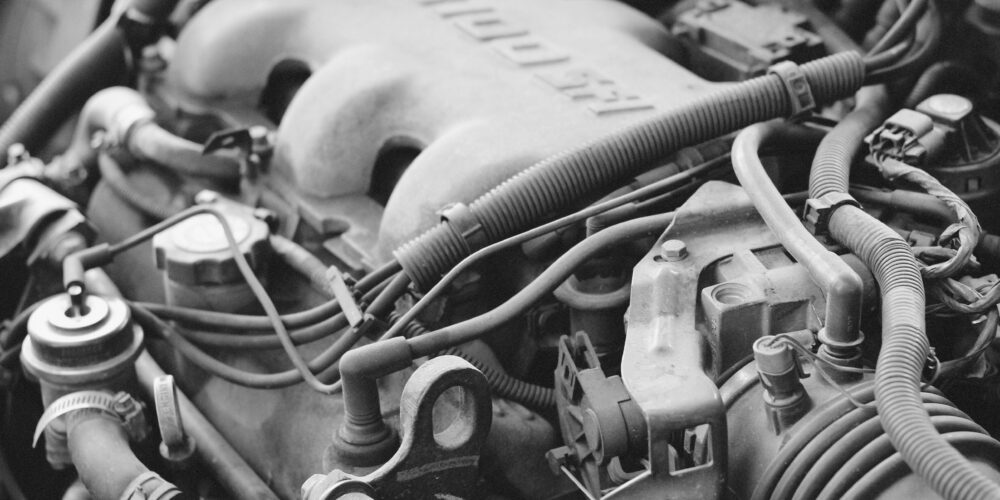Several complex systems make up a car’s engine and timing belts and chains serve as some of the most vital components, working hard to synchronise the movements of the engine’s internal parts. While their functions may seem simple, their impact on engine performance is profound. In this article, we’re delving into the critical role of timing belts and chains, exploring how they contribute to engine performance and why their maintenance is paramount for the health of your vehicle.
Understanding Timing Belts and Chains
Timing belts and chains are mechanisms designed to ensure precise timing between the rotation of the crankshaft and the camshaft in an internal combustion engine. This synchronisation is crucial for proper valve operation, ensuring that valves open and close at the correct times during the engine’s combustion cycle.
Timing belts are typically made of reinforced rubber with high-tensile fibres such as fibreglass or Kevlar. They feature teeth on one side that mesh with gears on the crankshaft and camshaft(s), ensuring accurate timing. While timing belts are quieter and lighter than chains, they are also more susceptible to wear and degradation over time.
Timing chains, on the other hand, are made of metal alloy links and resemble bicycle chains in appearance. They are heavier and more robust than belts, offering greater durability and longevity. Timing chains are commonly found in many modern engines, especially those designed for high performance and longevity.
The Role in Engine Performance
Without a timing belt or chain, the engine itself wouldn’t work efficiently – but what roles do they actually play in providing function? Their core roles include:
- Valve Timing – The precise coordination of the crankshaft and camshaft via the timing belt or chain ensures that intake and exhaust valves open and close at the optimal moments during the engine’s combustion cycle. This synchronisation is critical for maximising engine power, fuel efficiency, and emissions control.
- Preventing Valve Interference – In engines with an interference design, where the valves and pistons occupy the same space within the combustion chamber, accurate timing is essential to prevent collisions between the two. A broken or improperly tensioned timing belt or chain can result in catastrophic engine damage due to valve-piston interference.
- Engine Smoothness and Efficiency – Properly functioning timing belts and chains contribute to smooth engine operation and consistent power delivery throughout the RPM range. Any deviation from the correct timing can lead to rough idling, decreased power output, and diminished fuel efficiency.
Maintenance and Replacement
Regular maintenance and timely replacement of timing belts and chains are crucial for preventing catastrophic engine failure and costly repairs. Manufacturers specify recommended replacement intervals for timing belts, typically ranging from 60,000 to 100,000 miles, depending on the vehicle make and model. Timing chains are designed to last longer but still require periodic inspection and replacement if signs of wear or stretch are detected. We are on hand to provide replacements and maintenance where needed – all you have to do is get in touch with our experienced team to book your vehicle in for engine repair.
In the intricacies that make up the internal combustion engine, timing belts and chains play a crucial role in orchestrating precise valve timing and engine performance. From ensuring efficient combustion to preventing catastrophic engine damage, these often-overlooked components are the unsung heroes of the automotive world. By understanding their importance and adhering to recommended maintenance schedules, vehicle owners can enjoy smooth, reliable, and efficient engine performance for miles to come.

